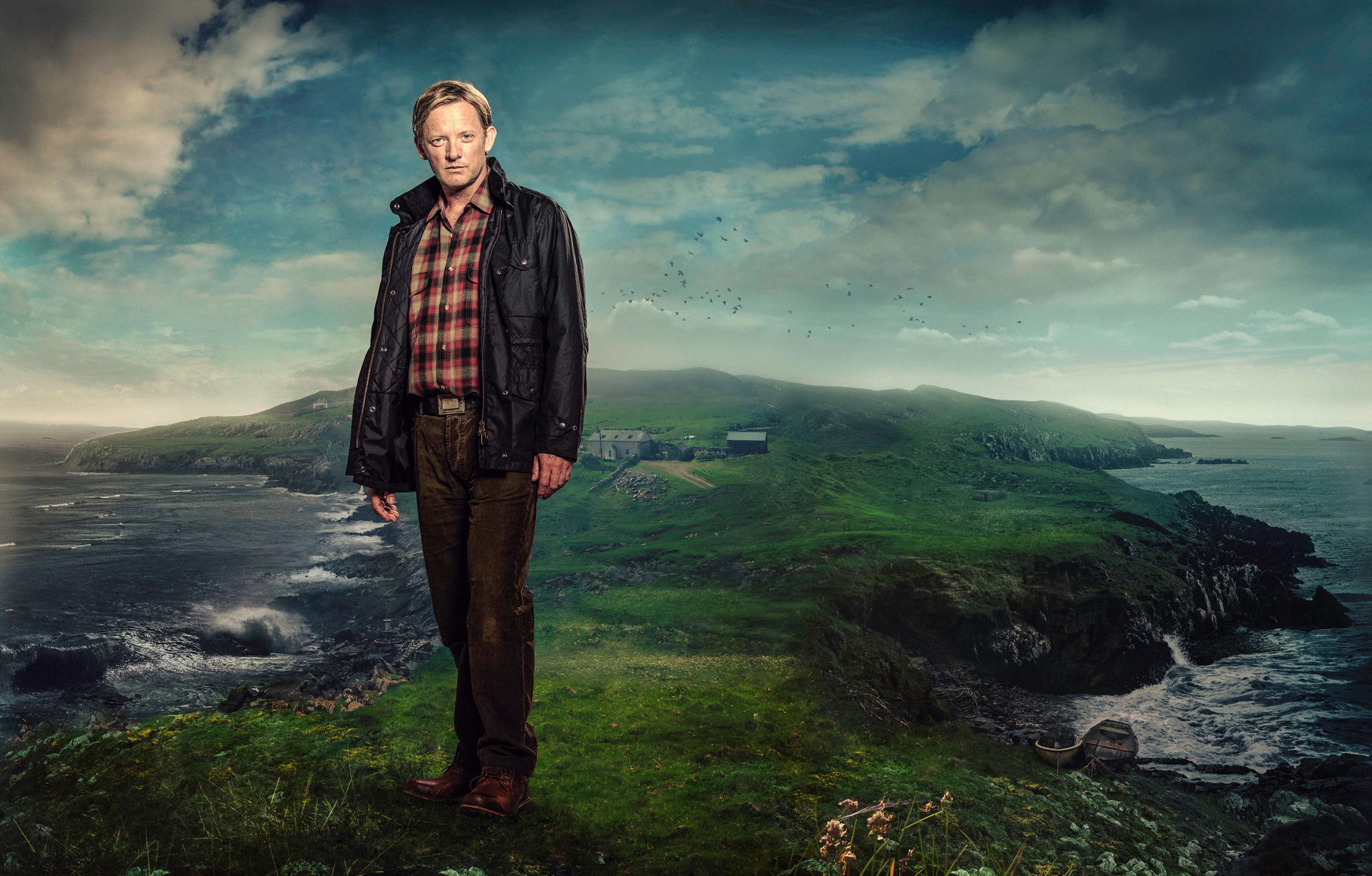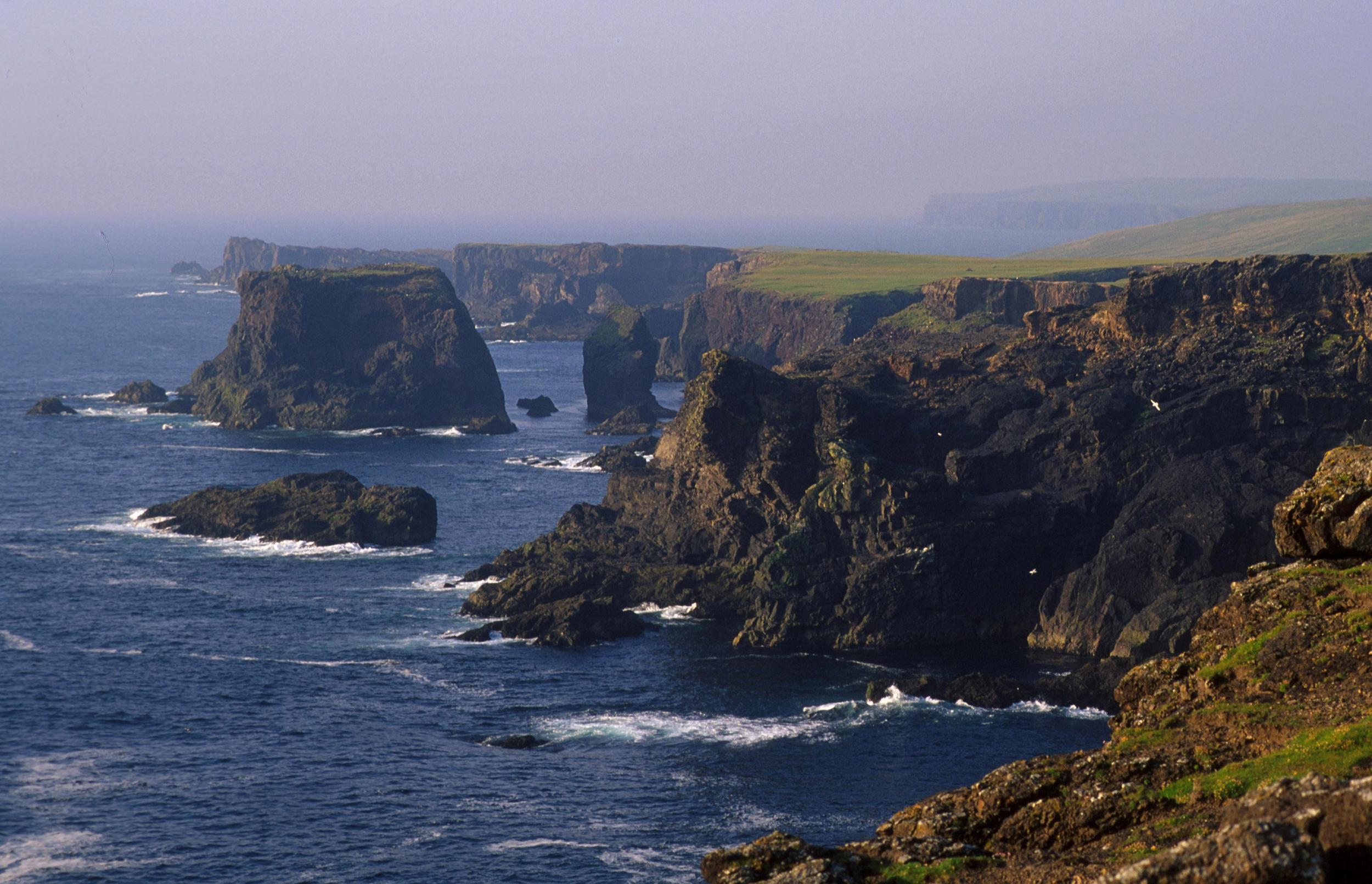Shetland: the archipelago and its Nordic connections
With the dark isles preparing to host its first crime-writing festival, Lucy Gillmore sets off to explore the wild coastline, its painted houses and Nordic connections

Your support helps us to tell the story
From reproductive rights to climate change to Big Tech, The Independent is on the ground when the story is developing. Whether it's investigating the financials of Elon Musk's pro-Trump PAC or producing our latest documentary, 'The A Word', which shines a light on the American women fighting for reproductive rights, we know how important it is to parse out the facts from the messaging.
At such a critical moment in US history, we need reporters on the ground. Your donation allows us to keep sending journalists to speak to both sides of the story.
The Independent is trusted by Americans across the entire political spectrum. And unlike many other quality news outlets, we choose not to lock Americans out of our reporting and analysis with paywalls. We believe quality journalism should be available to everyone, paid for by those who can afford it.
Your support makes all the difference.Jimmy Perez stood in the doorway of the Scalloway Hotel on a still, grey Sunday afternoon, lit a cigarette and took a slow, thoughtful drag. This wasn't the opening of a new Ann Cleeves' crime novel. I was on the Shetland trail, armed with a tourist office map, which outlines locations from the BBC adaptation of Cleeves' books - and I'd stumbled across actor Douglas Henshall, aka Detective Perez, during the filming of the third series earlier this year. I kept running into him, in fact - later, sidling out of the Peerie Shop café in Lerwick where he was grabbing lunch.
With its bleak, brooding landscape and isolated communities, this wild, far-flung archipelago off the north coast of Scotland is the perfect backdrop for our own, homegrown Scandi noir. Our hunger for the dark, vaguely depressing, Scandinavian dramas such as Wallander, The Killing, The Bridge and more recently Fortitude, set in Iceland, is seemingly insatiable. It has since sparked a boom in pilgrimage-style tours to the cult dramas' locations. In Denmark and Sweden you can visit the Oresund Bridge from The Bridge and follow in the footsteps of The Killing's Sarah Lund. And now, slightly closer to home, you can tramp the sheep-speckled, bodyscattered, peat bogs of Shetland.

Along with the tourist office map - produced in collaboration with Cleeves - which reveals the real and fictional locations featured in Raven Black, White Nights, Red Bones, and Blue Lightning as well as Dead Water, the first novel in a new quartet, travel company McKinlay Kidd has launched a self-drive tour exploring the locations in Cleeves' books.
Cleeves first visited Shetland in the 1970s. She had dropped out of university and was offered a job as assistant cook at the Bird Observatory on Fair Isle - which features in Blue Lightning and is where fictional detective Perez grew up. She fell in love with this far-flung spot - and a twitcher. Her husband was a visiting birdwatcher who came back the following year to work on a friend's croft and proposed to her on the back of a hay trailer. A love story: yet the tales Shetland has inspired her to write focus on the deep, dark undercurrents of these remote islands' close-knit communities.
The fact that these northerly outcrops, with their big skies, swathes of windswept, treeless land, rugged cliffs battered by churning seas and deserted beaches are as evocative as Scandinavia should come as little surprise. Shetland, in fact, is closer to Bergen than Aberdeen and belonged to Denmark until the middle of the 15th century. It was part of the dowry, along with Orkney, given to Scotland in 1469 when Princess Margrethe of Denmark married King James III.
There's no clan history or tartan here. Instead, there's a Nordic feel to the clusters of red and green painted houses hunkered into the landscape. The first Norwegian settlers arrived around 800AD; the language spoken until the 17th century, Norn, was derived from Old Norse and place names reflect this heritage. Lerwick, for instance, comes from the Old Norse Leirvik, meaning muddy bay. And then, of course, there's the renowned Up-Helly-Aa festival, which celebrates the end of the Yule period, Helly probably derived from the Old Norse helgr, for holiday. On the last Tuesday in January the streets are filled with around 1,000 revellers, dressed in Viking helmets and bearing burning torches, marching behind a Viking galley that is then set alight. The wild ritual features in Raven Black, set in the depths of winter, when a teenage girl's body is found in the snow.
Moreover, at the end of last year it was announced that the Iceland Noir crime fiction festival would instead be held here; Shetland Noir will take place at the Mareel multi-purpose entertainment venue in Lerwick from 13-15 November - with a guest appearance by Ann Cleeves, of course.
Bumping down at Sumburgh's tinpot airport on Mainland's (the main island) southern tip on a squally day I picked up a hire car and set off through the sleet to the capital Lerwick, in the 19th century the centre of a thriving herring fishing industry. Jimmy Perez lives in the picturesque Lodberries (from the Old Norse hlaoberg meaning a place where boats could be brought for unloading), a cluster of traditional stone houses on the water's edge.
As the sky darkened I ran to shelter from a sudden hailstorm in the Shetland Museum and Archives, a vision of contemporary and environmentally friendly architecture in historic Hays Dock. The front desk has been created from the keel and bow of a 19th-century boat while the concrete floor features recycled glass. Tucking into a bowl of steaming fish chowder in the museum's Hays Dock café (in Red Bones, Perez meets archaeologist Val Turner here) its huge picture windows framed a grey sea almost indistinguishable from the sky.
I was staying in Brae, 25 miles to the north, at Busta House Hotel, a rambling, whitewashed 16th-century laird's house on the water's edge at Busta Voe, which features as the police chief Duncan Hunter's house in Raven Black. With its winding corridors, sloping floors and low ceilings it's easy to believe in the ghost said to haunt the house as you curl up with a dram in front of the fire.

The next day, with the map on the seat beside me, I headed off on the White Nights trail. Most of the book's locations are in North Mainland or the Northmavine peninsula, with the fictional Hole of Biddista based on Eshaness at the peninsula's far north. To reach it, I drove to the end of a singletrack road scattered with sheep and oystercatchers. Parking beside the battered old lighthouse I could barely open the door for the gusts of wind that rocked the car. Buffeted and wind-whipped, I kept away from the edge of the cliffs, just glimpsing the terrifying, sheer drop to an angry washingmachine-cycle far below.
White Nights starts with a stranger gatecrashing a party in The Herring House, an art gallery in fictional Biddista. He's later found hanging in the boat shed on the beach. The Herring House is based on the quirky Bonhoga Gallery in an old mill in Weisdale - my next stop. The current exhibition in the whitewashed attic space is "Svenska", showcasing art, craft and design from Sweden. Downstairs in the café, butternut squash with coconut and chilli was on the menu alongside a moist orange cake, while on the window ledge a basket of knitting beckoned customers with idle fingers.
Knitwear is also big here of course, from Shetland jumpers to Fair Isle knits. The road from the airport to Lerwick is peppered with knitwear designers' signs while in Lerwick itself shops such as Jamieson's are crammed with rails of traditional Shetland jumpers, scarves and beanies. Sarah Lund would feel right at home.
Travel Essentials: Visiting there
McKinlay Kidd (0141 308 8009; seescotlanddifferently.co.uk) offers three-night fly-drive shortbreaks to Shetland from £530 per person including four days' car hire, b&b accommodation and return flights from Edinburgh or Glasgow. Busta House Hotel (01806 522 506; bustahouse.com).
The Shetland Noir Festival runs from 13-15 November 2015 (shetlandnoir.com)
More information: shetland.org
Join our commenting forum
Join thought-provoking conversations, follow other Independent readers and see their replies
Comments